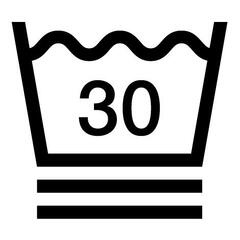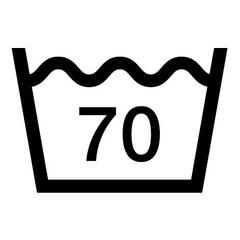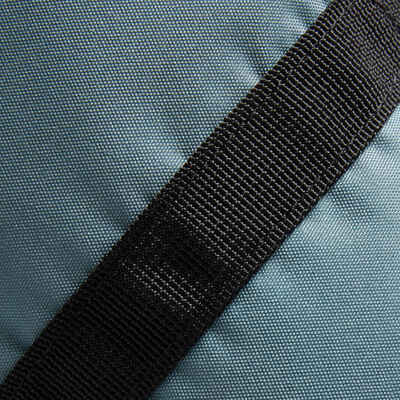Kids’ Hiking Boots with Velcro - NH500 Low-rise - UK size 10 - 2 - Blue/Orange
Store Availability
Store Availability
BENEFITS

Robustness
Sturdy, reinforced materials for greater durability over time
Traction
Shape and depth (3 mm) of the perfect studs for all-terrain grip
Fitting comfort
Flexible grooved sole for good foot motion and heel cushioning
Water repellent
Synthetic fabric resists fine rain for 1 hourTECHNICAL INFORMATIONS
How is the grip of the NH500 KID boots defined ?
To be awarded certification, the children’s NH500 KID hiking boots must pass laboratory tests to assess their grip coefficient on different surfaces (smooth, rugged, dry, wet).
To validate these tests, we also assess the quality of our soles on the field, in the mountains, by a panel of young testers.
How to choose the size of the NH500 Kid children's hiking shoe?
How can I be sure that the NH500 Kid hiking shoes are suitable for my child?
We advise you to gradually use the NH500 KID hiking shoes for your first few tours. That way, they will adapt to their feet.
Is the insole of the children's NH500 Kid hiking shoes removable?
composition
composition
Tips for storage and maintenance
 DRYING IN A TUMBLE DRYER POSSIBLE. NORMAL TEMPERATURE, MAXIMUM EXHAUST AIR TEMPERATURE OF THE DRUM 80°C.
DRYING IN A TUMBLE DRYER POSSIBLE. NORMAL TEMPERATURE, MAXIMUM EXHAUST AIR TEMPERATURE OF THE DRUM 80°C.
 MAXIMUM WASH TEMPERATURE OF 30°C. VERY MODERATE TREATMENT.
MAXIMUM WASH TEMPERATURE OF 30°C. VERY MODERATE TREATMENT.
 IRON AT A MAXIMUM SOLEPLATE TEMPERATURE OF 150°C.
IRON AT A MAXIMUM SOLEPLATE TEMPERATURE OF 150°C.
 MAXIMUM WASH TEMPERATURE 70°C. NORMAL TREATMENT.
MAXIMUM WASH TEMPERATURE 70°C. NORMAL TREATMENT.
 IRONING AT A MAXIMUM IRON SOLEPLATE TEMPERATURE OF 200°C.
IRONING AT A MAXIMUM IRON SOLEPLATE TEMPERATURE OF 200°C.
Storage tips
TESTS AND WARRANTY
Test product
Warranty
Agree by
Ecodesign approach
With ecodesign, we reduce the environmental impact of our products.
Analysing the product's environmental footprint enabled us to identify the most impactful stages of its life cycle. Thanks to this approach, our design teams were able to develop this product while significantly reducing its environmental impact.
Ecodesign actions on this product
-
 Material
MaterialRecycled polypropylene
Product made from 14% recycled polypropylene
Using recycled polypropylene rather than conventional polypropylene reduces the CO2 emissions linked to the material by at least 51%.
-
 Material
MaterialRecycled polyester
Product made from 12% recycled polyester
Using recycled polyester rather than conventional polyester reduces the CO2 emissions linked to the material by at least 16%.
-
 Environmental Impact
Environmental ImpactDesigned to reduce environmental impact
Product made with a CO2eq reduction of 12% compared to the previous or similar product
Our design teams are working to develop processes that will reduce the impact of a product, while preserving its technical characteristics. This reduction relates to the following indicators: climate change, air pollution, water pollution and resource depletion.